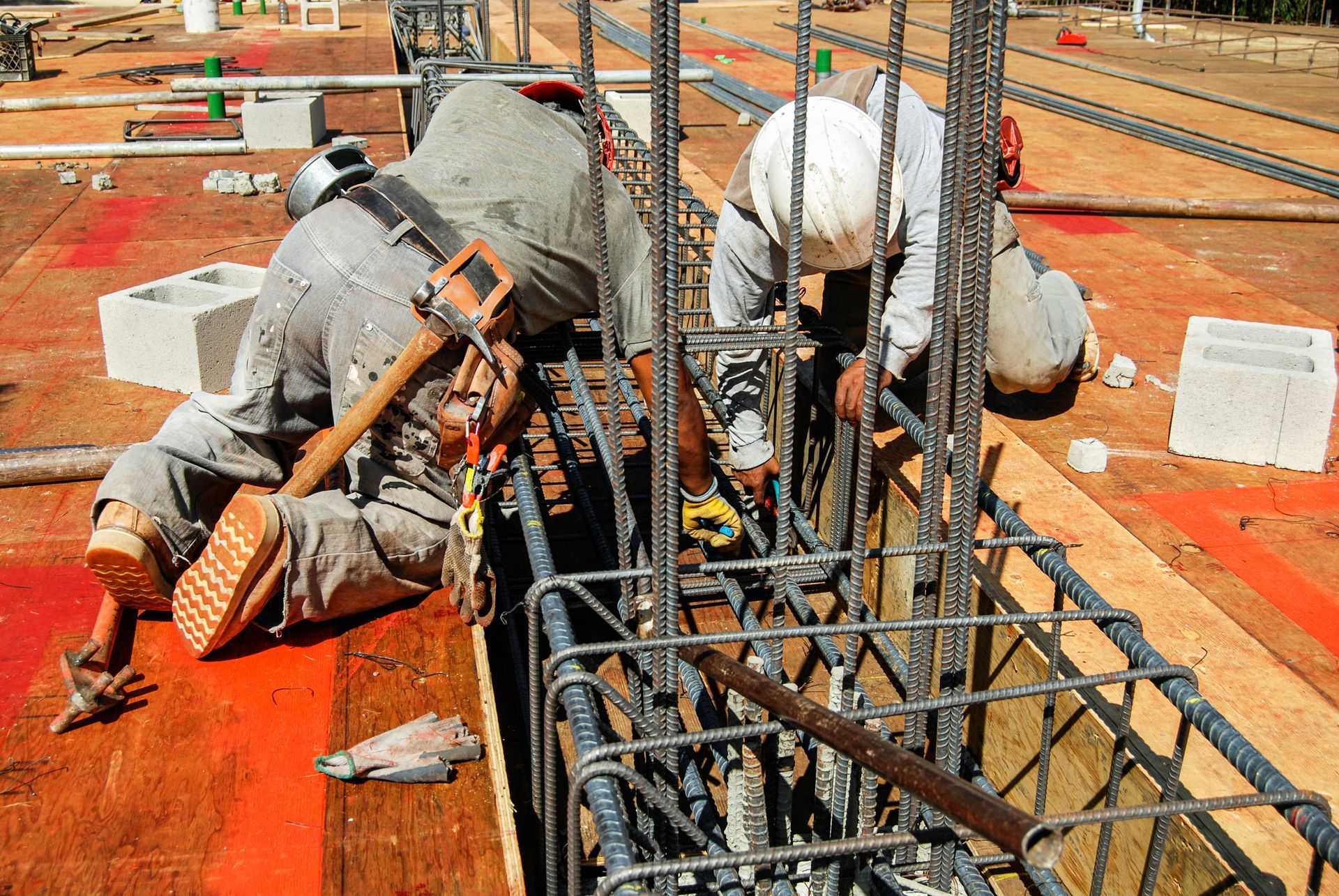Grade Beams
Construction Methods for a Grade Beam
A Grade Beam is an essential component in construction, providing crucial support and stability to structures. Various construction methods are employed to ensure the proper installation of a grade beam, each contributing to the overall strength and durability of the foundation.
Formwork plays a pivotal role in grade beam construction, serving as the mold that shapes the concrete. Construction teams utilize different types of formwork, such as wood, metal, or prefabricated systems, to create the desired shape and dimensions for the grade beam. The formwork is carefully erected, taking into account the specific requirements of the project.
Once the formwork is in place, the next step involves pouring concrete into the mold. The concrete mix is prepared with precision, considering factors such as strength, durability, and workability. During the pouring process, attention is paid to the consolidation of concrete to eliminate air voids and ensure uniformity.
Curing is a critical step in the construction of grade beams, as it influences the long-term strength and durability of the concrete. Various curing methods, such as water curing, curing compounds, or thermal curing, are employed to maintain optimal moisture and temperature conditions for the concrete to achieve its design strength.
Quality control measures are implemented throughout the construction process to verify compliance with engineering specifications and standards. This includes regular inspections of formwork, concrete mix, pouring techniques, and curing processes. Any deviations from the prescribed parameters are promptly addressed to ensure the structural integrity of the grade beams.
The construction of grade beams involves meticulous attention to detail in formwork, concrete pouring, curing methods, and quality control measures. By employing these techniques, construction teams can ensure the creation of robust and reliable grade beams that form the foundation for resilient structures.
Request a quote
PDC Concrete Pumping Leads
We will get back to you as soon as possible.
Please try again later.

Role of a Grade Beam in Foundation Systems
aLoad Distribution:
- Horizontal Load Transfer: Grade beams are designed to distribute horizontal loads, such as those caused by wind or seismic forces, evenly across the foundation. By effectively transferring these loads to the ground, grade beams help prevent uneven settlement and ensure the stability of the entire structure.
- Support for Vertical Loads: In addition to handling lateral forces, a grade beam will also play a significant role in supporting vertical loads from the building's superstructure. They act as a bridge between individual foundation elements, like piles or spread footings, and transfer the building's weight to the underlying soil.
Foundation Continuity:
- Connectivity: Grade beams provide a continuous, interconnected foundation system. They connect various foundation elements, distributing loads between them and creating a unified structural support system. This continuity enhances the overall stability of the foundation.
- Reduction of Differential Settlement: By connecting different foundation elements, grade beams help mitigate the risk of uneven settlement. This is essential for preventing structural damage and maintaining the integrity of the building over time.
Soil Movement Mitigation:
- Prevention of Soil Erosion: A grade beam can act as a barrier to prevent soil erosion beneath the foundation. This is especially important in areas with expansive or loose soils, where erosion could lead to differential settlement and compromise the stability of the structure.
- Mitigation of Soil Shrinkage and Swelling: In regions with expansive soils that undergo significant shrinkage and swelling, grade beams help counteract these movements by distributing the associated forces more evenly. This minimizes the potential for foundation heaving or settling.
Flexibility in Design:
- Adaptability to Site Conditions: A grade beam can be designed to accommodate various site conditions, including changes in topography, soil types, and groundwater levels. This adaptability allows for a more versatile and resilient foundation system.
Construction Efficiency:
- Uniform Base for Above-Ground Construction: Grade beams provide a level and stable base for the above-ground structure. This simplifies the construction process by offering a consistent platform for building walls and other structural elements.
Types of Grade Beams
-
City skyline
Photo By: John DoeButton
Grade beams are essential components in construction, providing crucial support for structures by distributing loads evenly to the foundation. Different types of grade beams are employed based on the specific requirements of a construction project.
- Straight Grade Beam:
Straight grade beams are the most common type and are characterized by a consistent depth along their entire length. They are suitable for relatively uniform soil conditions and straightforward foundation designs. Straight grade beams are efficient for evenly distributed loads and are often used in residential and commercial construction where simplicity and cost-effectiveness are prioritized.
- Stepped Grade Beam:
Stepped grade beams are designed with varying depths at different points along their length. This type is employed in situations where the ground is not level, and the foundation needs to follow the natural slope of the terrain. Stepped grade beams are effective in managing elevation changes and providing stability on uneven surfaces, making them suitable for construction projects in hilly or sloped areas.
- A Grade Beam with Pedestals:
Grade beams with pedestals incorporate vertical supports, or pedestals, along the length of the beam. This type is used when additional elevation or structural support is required at specific points. Pedestals can accommodate vertical loads from columns or other structural elements, providing flexibility in design. Grade beams with pedestals are commonly employed in industrial and commercial constructions where the load distribution is not uniform, and additional support is necessary at specific locations.
The choice of grade beam type depends on factors such as soil conditions, site topography, and structural requirements. Straight grade beams are suitable for simple and uniform conditions, stepped grade beams adapt to uneven terrains, while grade beams with pedestals offer versatility in handling specific load distributions. Each type serves a unique purpose, ensuring that the foundation meets the demands of the construction project.

